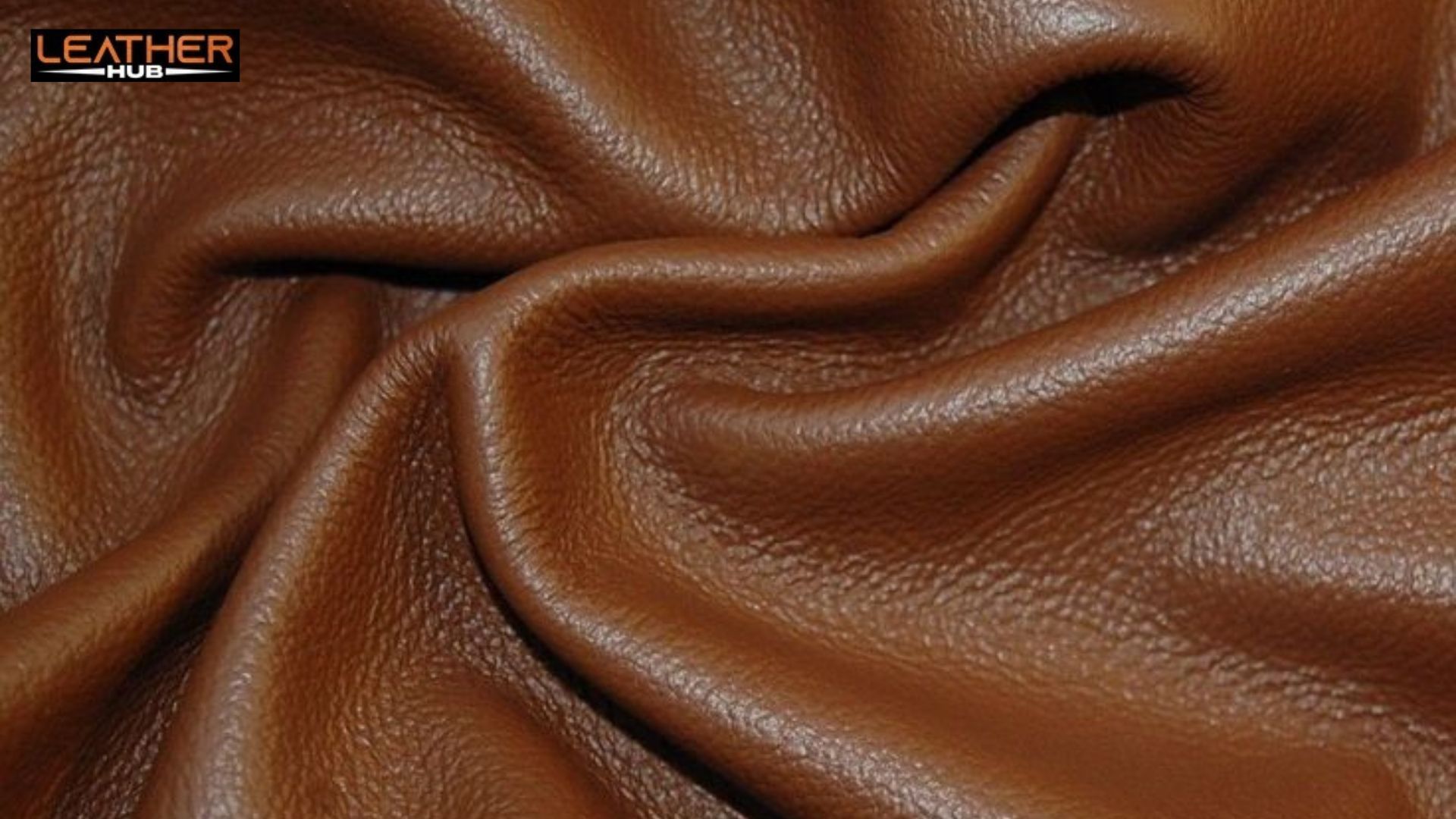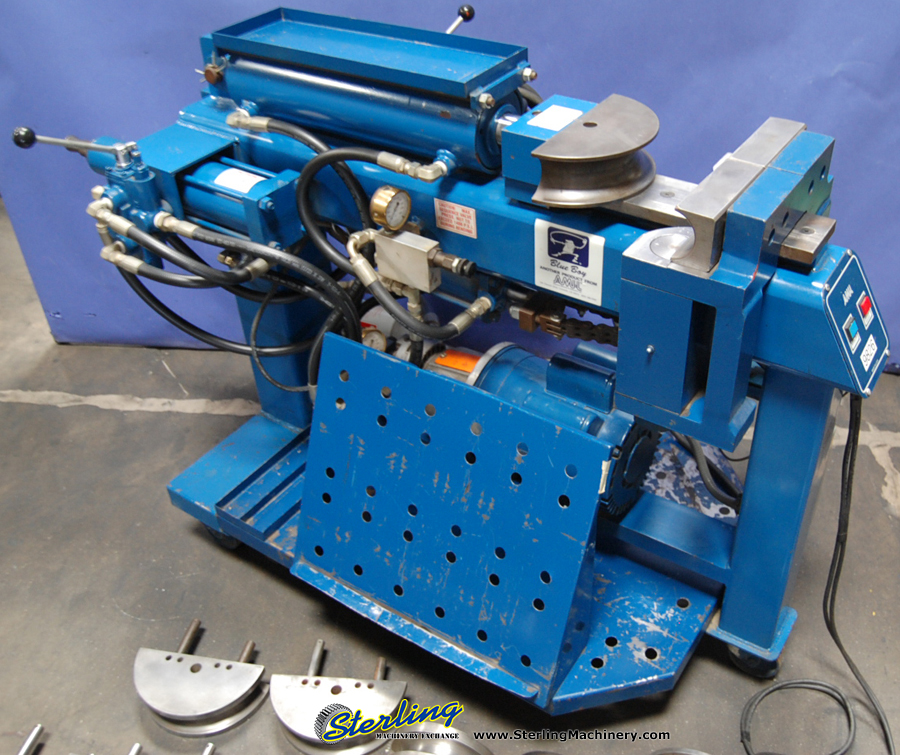What Is Cowhide Leather Tanning?
The tanning process of cow skin into tough and firm leather is known as cowhide leather tanning. A new cowhide is bundled together with water and it can go bad easily. Tanning eliminates this by curing the skin in such a way that it does not turn stiff or stinky after years. Tanning methods are of various kinds; the vegetable tanning, chrome tanning and the oil tanning. All the procedures influence the feeling, tensile, and color of the leather. Tanning as well serves to eliminate hairs, fats and unwanted particles on the hide. The process matters since there is no way one can use untreated skins to produce leather products such as a bag, belt, or shoes. Proper leather tanning leaves the leather soft, smooth and should be ready to be crafted. Having to do with handicrafts as well as mass manufacturing, tanning cowhide leather is one step in the process of turning leather. In absence of it, leather would not have the appearance, feel and wears to look as per expectation of all people.
What Is So Important about Tanning in Leather?
The most significant process in leather production is tanning since it uses raw animal hide to make a usable material. Devoid of tanning cowhide would rot and would also be too coarse to handle. Tanning prevents the hide to deteriorate leaving it robust, durable, and supple. It is also available to leather makers so that they can mold and dye the leather. A well tanned hide is one which will not easily crack and may be waterproof or wearproof according to the treatment employed. Tanning also contributes to the complete beauty and finish of the leather that is ready to be utilized in fashion or furniture or accessories. Good tanning means that when you run your fingers along a soft leather bag or slip on a tough leather jacket, then that is the product of good tanning. As a matter of fact, quality of tanning has direct impact on quality of the end product. Experienced tanners understand how to treat individual hide variety in order to obtain optimal results.
What Are the Common Cowhide Tanning Methods?
- There are several tanning methods, each giving leather a unique look and feel.
- Chrome tanning is the most common method and uses chromium salts.
- It is a fast process that takes just a few days to complete.
- The result is soft, flexible leather that holds dye very well.
- Vegetable tanning is a natural process that uses tree bark and plant materials.
- This method takes longer—sometimes several weeks—but produces strong, long-lasting leather.
- Vegetable-tanned leather has a firm texture and a rich, earthy smell.
- Oil tanning is used for making tough and weather-resistant leather.
- Oil-tanned leather is commonly used in items like work boots and tool belts.
- Each tanning method has its advantages and disadvantages.
- Chrome tanning is quicker and less expensive but not very eco-friendly.
- Vegetable tanning is more natural but can be costly and time-consuming.
- Some tanneries mix tanning methods to get a balance of speed and quality.
- Understanding these differences helps buyers choose the right leather for their needs.
Where Does Cowhide for Tanning Come From?
Cow hide is a by-product of the meat industry, so is raised as food and is not just killed because it has a skin. This renders leather a sustainable product since it uses what would be considered waste. The tanning process then begins by allowing the hides collected in the slaughter houses to fast dry and then make them last longer by preserving them with salt until they are shipped into the tanneries. Brazil, Argentina and the United States are among the major suppliers of cowhide because they have large cattle productions. There are even tanneries who purchase leather skins in bulk ensuring that they get to work on a big batch productively. Quality of cowhide may differ with respect to age, diet and living conditions of the animal. Better hides are usually produced by farmers and suppliers that treat their animals. Hides that are scar free are particularly prized in market. When buying tanned leather therefore, people are not only helping out one chain of sustainable farming and animal management.
How Is the Tanning Process Done Step-by-Step?
The first step under the tanning method is cleaning the hide, which is also referred to as soaking. This washes away the dirt and the blood. The hide is then limed which strips off hair and fats. Subsequently, the skin is prepared to be proficient in tanning by soaking it in prepared chemicals according to the procedure chrome, vegetable, or oil. When the hide is tanned it then becomes leather although it is not ready yet. It is mechanically dried, stretched and softened. The leather can be dyed or finishend after being dried in terms of color and texture. Embossing is done on some hides in order to make grain patterns. Lastly, the leather is sorted, stacked and trimmed to standard sizes to be sold or processed. The process of conversion of raw hide to final product is a lengthy process taking care. Good tanners do every thing correctly to produce quality leather. In makin of jackets or wallets, what makes the leather strong, and useful to many years is obviously tanning process.
Leather Hub – Your Trusted Wholesale Source
Leather Hub is one of the most reliable sources of quality cowhide leather. We are experienced in wholesale of a variety of leather skins, suited to businesses (either big or small), craftsmen and designers. We have Chrome-tanned and Vegetable-tanned alternatives of all leather projects. We produce all our products using the industry best practice of responsible sourcing and tanning standards. Be it in light of making bags, shoes or other leather accessories, our hides are work ready. We also have competitive prices and we do bulk orders which makes you save yet still receive quality services. Go to eleatherhub.com to get the whole range of supplies and pick up yours here and now. Don t forget to type in hot coupon code leatherwave10 when you check out to have a special discount on your initial order!
Conclusion
Tanning of cowhide leather is the secret of transforming crude animal skin to a beautiful, strong, and enduring material. Leather would lack quality, softness and strength that we all appreciate without tanning. Tanning brings out the life in leather whether in chrome or vegetable or oil process. It also makes sure that the material is kept so that it will be used in a number of years in the future. Tanned cowhide is an essential product in the world of fashion and furniture; tools and crafts, taking place in the center of many. And due to eco-friendly procurement and up-to-date methods the leather we use nowadays is stylish and useful. Either you are a craftsman working by hand or a business seeking leather skins wholesale, understanding about the tanning process will assist you to make a better decision and work a better job. The next time you come across a shining gleaming leather bag or a sturdy belt, then you will understand great tanning made it possible.
FAQs
Q1: How long does cowhide tanning take?
It depends on the method—chrome tanning takes a few days, while vegetable tanning can take several weeks.
Q2: Is cowhide leather good quality?
Yes, cowhide is strong, durable, and widely used for high-quality leather goods.
Q3: Where can I buy cowhide leather wholesale?
You can visit eleatherhub.com for a wide range of wholesale leather skins, including tanned cowhide.
Q4: What can I make with cowhide leather?
Cowhide is great for wallets, belts, handbags, shoes, furniture, and many custom crafts.
Q5: Is cowhide better than other types of leather?
Cowhide offers the best mix of durability, texture, and affordability—making it a popular choice for both beginners and professionals.






